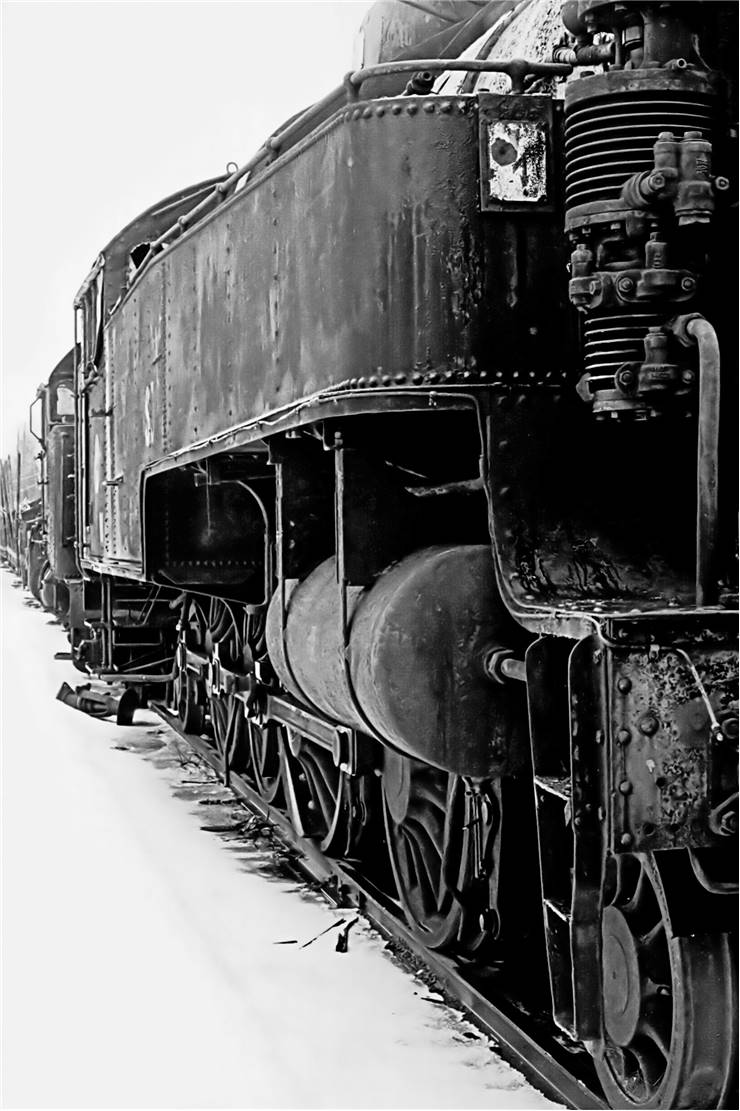History of Steam Locomotive
The history of modern train industry started with the appearance of first steam engines, which enabled human race for the first time to transport goods and people using fast, reliable and cheap way that sparked new age in the life of industrial revolution, human expansion and global economy. With the initial great expansion of railways and locomotive designs, countless inventors focused their careers on improving trains and enabling goods and people to be transported much safer and faster than ever before, reaching the current times where diesel engines, electrical trains and maglev high-speed bullet train encompass the entire earth. But all those trains had to start from one point, and that point was steam engines.
Steam engines were introduced to the public during 1770s, but their Scottish inventor James Watt sat on the patent and did not allow anyone to gain any commercial benefit from his designs. When his patent expired in 1800s, floodgates of innovation opened all around the world and many inventors jumped to the opportunity to create their own vision of automated locomotive powered by steam. Richard Trevithick’s was first one who took this chance, and showcased to the world his innovative design of high-pressure steam engines that enabled him to create much more power from the locomotive of same weight and size than before. Even though nobody believed that steam can deliver enough power for industrial use, he managed to showcase his design to a mine owner by pulling the weight of 10 tons over his 10 mile long course. Even though his initial train design was not successful, he continued to innovate, managing even to publicly showcase his “Catch me who can” locomotive that was placed on a makeshift train track set in the middle of the London's Torrington Square.

Much more success is today contributed to English inventor Matthew Murray who in 1804 created first moving steam locomotive, and more famous twin-cylinder Salamanca locomotive that was used publicly in 1812. However he was not the inventor who designed steam locomotive that was used on the first public railway system. That honor went to George Stephenson, famous English engineer who created “Locomotion” in 1825 for the Stockton and Darlington Railway in north-east England. Only four years later he joined into Rainhill Trials, competition of building best and easy to use steam locomotive for transport of passengers. With four more entrants as his competition, Stephenson managed to win using “The Rocket” by reaching incredible speed of 45 km/h while transporting 30 passengers. He and his designer of tube pressurized boiler received prize for 1st place, and soon their locomotives started appearing across entire England.
Over the years steam trains evolved significantly. They were equipped with cow catchers for better moving through turns (and protection from wandering animals on railway tracks), passenger sections became popular and built for both short and long travels with all necessary luxuries. Engines received update to four cylinders, geared wheels for industrial use, and between 1930s and 1950s they slowly transitioned to the new kinds of power sources– diesel and electric engines.
Today, steam locomotives are mostly used in museums as windows to the past, but sometimes preserved and working models are used as tourist attractions enabling anyone to feel for themselves how train industry began.
